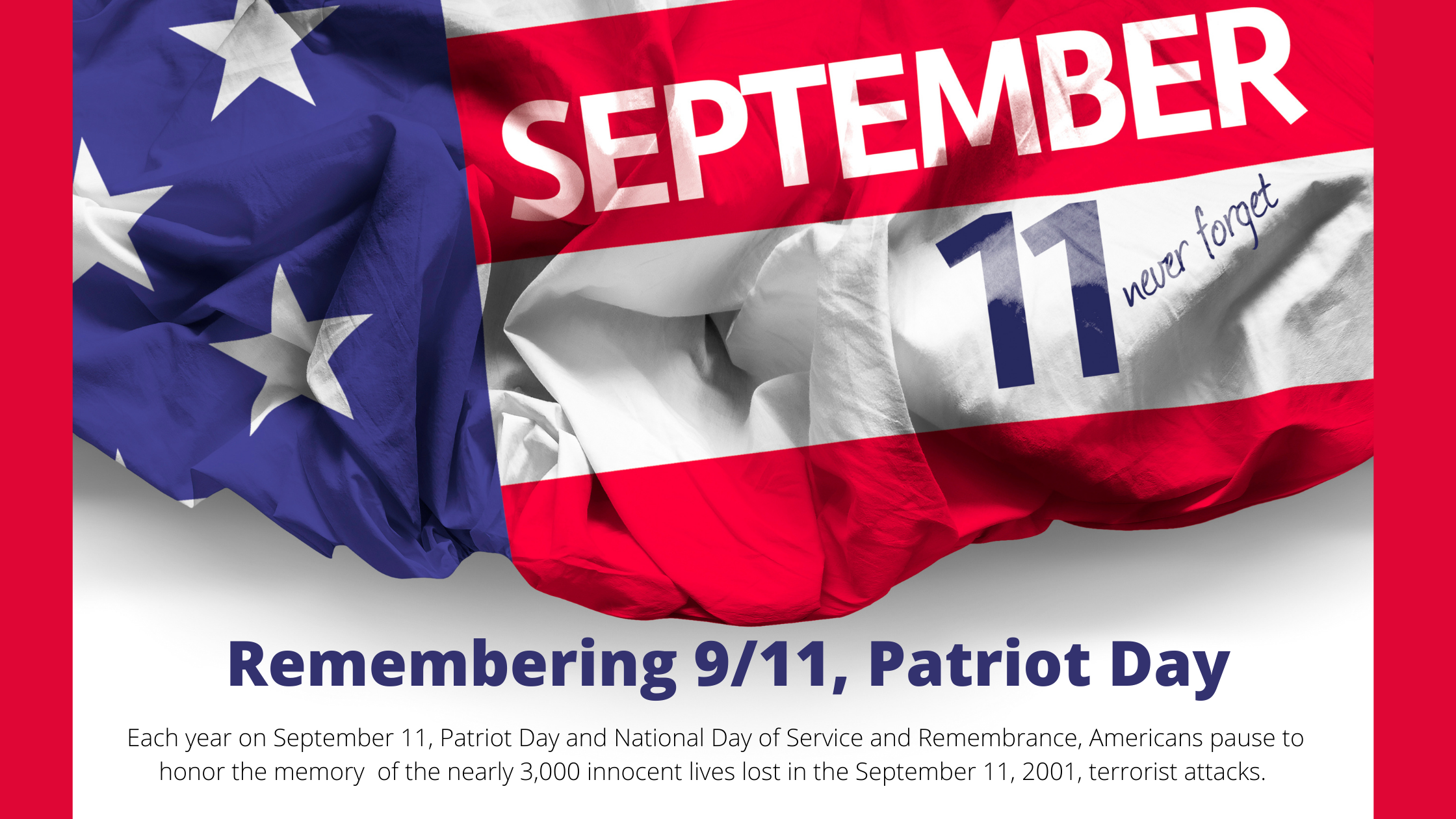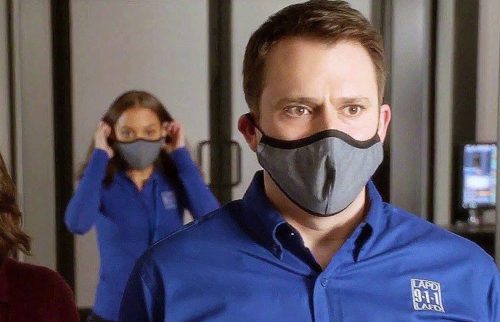It is an inherited disease usually triggered by the administration of volatile inhalational anesthetics and/or succinylcholine, a muscle relaxant.
treatment , or services to the hospital or other health care. The median time malignant hyperthermia was triggered was 30 minutes and it can range from 5 to 210 minutes. malignant hyperthermia is a rare but potentially lethal complication of anaesthesia. The european malignant hyperthermia group collected and reviewed all guidelines available from the various mh centres in order to provide a consensus document. 2.5 mg/kg iv, followed by repeated 1 mg/kg doses every 5 minutes until clinical response or 10 mg/kg reached what drug class must be avoided due to its potential to cause cardiac arrest in presence of dantrolene?

malignant hyperthermia (mh) is severe, potentially fatal increased body energy consumption after exposure to certain anesthetic drugs.
Prompt availability of dantrolene is important for treating malignant hyperthermia and has resulted in lowered mortality rates. 2.) call anesthesia board for help. Box 1 on recognizing mh and box 2 on the treatment of an mh crisis. The incidence of mh reactions ranges from 1 in 10,000 to 1 in 250,000 anesthetic exposures. malignant hyperthermia (mh) can be fatal if the crisis is not appropriately treated. 1 it is possible that an anesthesiologist may practice for an. 2.5 mg/kg iv, followed by repeated 1 mg/kg doses every 5 minutes until clinical response or 10 mg/kg reached what drug class must be avoided due to its potential to cause cardiac arrest in presence of dantrolene? Newer versions of some guidelines may be available on each society's website. treatment , or services to the hospital or other health care. Reprinted with permission from aorn, inc, denver, co. malignant hyperthermia (mh) is a rare autosomal dominant condition, that can present as an acute emergency in susceptible individuals following exposure to a trigger agent such as volatile anaesthetic agents or suxamethonium. The malignant hyperthermia association of the united states (mhaus) recommends medications and supplies be readily available for use, within 10 minutes of recognizing an mh crisis. Mh is a genetic disease with an autosomal dominant pattern of inheritance.
malignant hyperthermia is a severe reaction to particular anesthetic drugs that are often used during surgery and other invasive procedures. The clinical features of a malignant hyperthermia crisis and its treatment are described, together with advice about anaesthesia for those known or suspected to be susceptible to malignant. Care and treatment of patients experiencing a malignant hyperthermia crisis. Has both salt and water depletion usually of a gradual onset. Reprinted with permission from aorn, inc, denver, co.

It has been associated with virtually all neuroleptics, including newer atypical antipsychotics, as well.
Patient temperature is normal heat exhaustion: Reprinted with permission from aorn, inc, denver, co. malignant hyperthermia is a severe reaction to certain drugs used for anesthesia. Although written in a specific order, many of the following interventions should be done simultaneously. It has been associated with virtually all neuroleptics, including newer atypical antipsychotics, as well. The malignant hyperthermia association of the united states, the ambulatory surgery foundation, and the society for ambulatory anesthesia have jointly developed transfer guidelines for patients who develop acute mh in an asc. 1 it is possible that an anesthesiologist may practice for an. Table of contents aliases hyperthermia, heat cramps, heat exhaustion, heat syncope, heat edema, heat stroke definitions heat cramps: In people who are affected, some anaesthetic drugs can cause a rapid and dangerous rise in body temperature. malignant hyperthermia (mh) is a rare disorder of skeletal muscles related to a high release of calcium from the sarcoplasmic reticulum which leads to muscle rigidity in many cases and hypermetabolism. Incidence estimated at 1:10,000 and 1: malignant hyperthermia access to this content requires a subscription if your facility has an eguidelines+ subscription, please contact your administrator for access. The successful management of a malignant hyperthermia crisis requires multiple simultaneous treatment actions.
11, 2019 page 4 of 5 c77.0 secondary and unspecified malignant neoplasm of lymph nodes of head, face and neck c79.81 secondary malignant neoplasm of breast d03.0 melanoma in situ of lip d03.10 melanoma in situ of unspecified eyelid, including canthus d03.11 melanoma in situ of right eyelid, including canthus (deleted as of 10/01/2018) 2.5 mg/kg iv, followed by repeated 1 mg/kg doses every 5 minutes until clinical response or 10 mg/kg reached what drug class must be avoided due to its potential to cause cardiac arrest in presence of dantrolene? malignant hyperthermia is triggered faster with halothane compared to the other volatile inhalation medications. Major subject heading (s) minor subject heading (s) premedline identifier: The malignant hyperthermia association of the united states (mhaus)∥established a treatment protocol that focuses on discontinuation of triggering agents, maintenance of adequate oxygenation and ventilation, institution of aggressive cooling measures, administration of dantrolene, and appropriate treatment for hyperkalemia.

malignant hyperthermia (malignant hyperpyrexia) (mh) mh is a rare condition that runs in some families.
malignant hyperthermia (mh) can be fatal if the crisis is not appropriately treated. Early diagnosis and treatment are essential to limit mortality. malignant hyperthermia (mh) is a pharmacogenic disorder of skeletal muscle. hyperthermia treatment for cancer last review: malignant hyperthermia (mh) is a rare autosomal dominant condition, that can present as an acute emergency in susceptible individuals following exposure to a trigger agent such as volatile anaesthetic agents or suxamethonium. Family history of death during general anesthesia (being put to sleep for surgery) or having a high body temperature during or after general. In summary, both studies are important contributions to improving knowledge about presymptomatic malignant hyperthermia testing and for better treatment of malignant hyperthermia. To read more, click on the link. The successful management of a malignant hyperthermia crisis requires multiple simultaneous treatment actions. malignant hyperthermia (malignant hyperpyrexia) (mh) mh is a rare condition that runs in some families. What is the initial dose of dantrolene for malignant hyperthermia treatment? Has both salt and water depletion usually of a gradual onset. malignant hyperthermia (mh) is a rare, inherited disorder of skeletal muscle that presents as a hypermetabolic response triggered by halogenated anesthetics, succinylcholine, or both.
31+ Malignant Hyperthermia Treatment Guidelines PNG. The successful management of a malignant hyperthermia crisis requires multiple simultaneous treatment actions. Family history of death during general anesthesia (being put to sleep for surgery) or having a high body temperature during or after general. To increase knowledge about mh for the medical community and for patients. Are minor muscle cramps usually in the legs and abdominal wall. malignant hyperthermia (mh) can be fatal if the crisis is not appropriately treated.
It is an inherited disease usually triggered by the administration of volatile inhalational anesthetics and/or succinylcholine, a muscle relaxant malignant hyperthermia treatment. The effects of malignant hyperthermia are sudden and characterized by rapid heart rate, a dramatic spike in temperature, and muscle rigidity.






